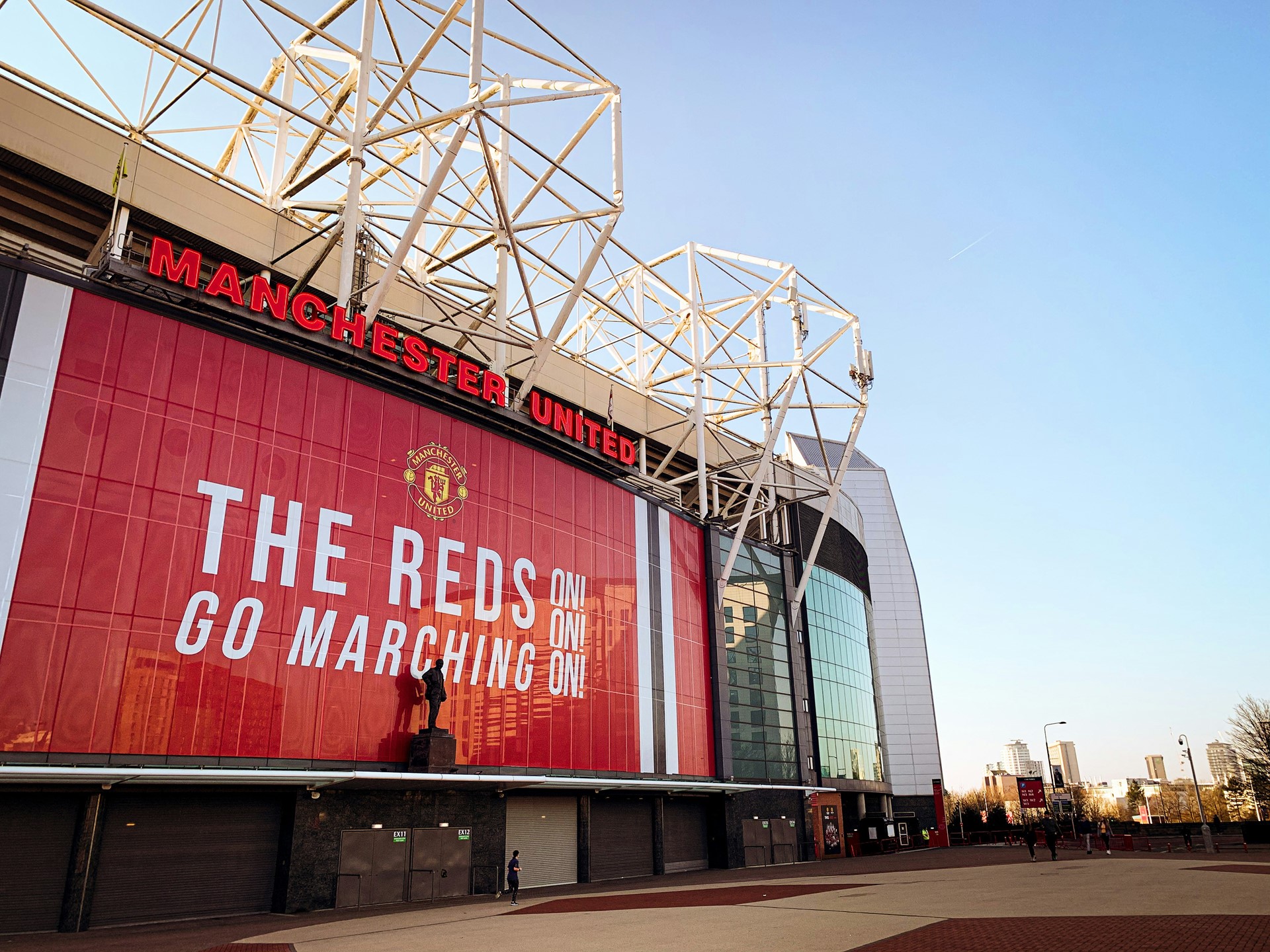Is football heading for Net Zero?
Read time: 5 minutes

Read time: 5 minutes

Football is the most viewed sport globally, with the FIFA 2022 World Cup attracting 5 billion viewers worldwide. Though smaller in scale, the UEFA 2024 Euros will attract a high number of fans both remotely and at the host stadiums across Germany. With such substantial amounts of money and carbon associated with footballing events both domestically and globally, this raises the question, what is the game doing to deliver on net zero goals?
Last year, football governing body UEFA announced their ambition to make Euro 2024 the “most sustainable football championship ever.” The scale of this ambition is commendable given that the global sports sector contributes around 350 million tonnes of CO2e, a figure equivalent to the contributions of the global plastics industry.
Football is a key contributor to this figure. Estimates suggest football contributes 30 million tonnes of CO2e annually, a footprint roughly equivalent to that of Denmark. Construction of sporting venues, the supply chain and trade of merchandise, food and beverage, the waste generated by fans onsite, and the transportation of players, staff and audiences are all heavy contributors to the carbon emissions of a sporting event or club.
As government’s align themselves with net zero, a growing number of clubs and tournaments are developing with sustainability in mind.
In the UK, the value and quantity of carbon associated with Premier League teams is facing increasing scrutiny, with wealthier clubs under pressure to lead the way in sustainability. Over the course of the 2021/2022 football season, the Premier League’s revenue exceeded £5.5bn, and the Premier League’s top 10 richest clubs have a combined value of around £22bn. These valuations carry heavy carbon footprints.
Understandably, the wealthiest clubs have the biggest fanbases stretching beyond the borders of the towns they emanate from. Because of this, travel is by far the biggest contributor to a team’s emissions, contributing to as much as 61 per cent of total carbon. As an international event, the footprint associated with fans travelling across Europe will make significant additions to the emissions associated with this year’s Euro championship.


(Pictured above: Manchester United's Old Trafford stadium has the highest average attendance of any club in the Premier League)
Venues that are positioned in line with efficient public transport systems and stricter policies limiting the number of fans arriving by car stand to gain the most in terms of carbon savings, while smaller clubs situated in more remote areas will have greater hurdles to face when it comes to cutting their transport emissions.
Another significant contributor to the carbon footprint of clubs and venues is the onsite logistics, including the lighting and heating of venue areas, the goods and services traded onsite, and overall energy efficiency of the venue. In terms of UK teams, Chelsea FC and Manchester United are leaving the largest footprints, generating 6,621 tCO2e and 5,965 tCO2e respectively, according to the Carbon Certified Registry.
Football clubs are in a somewhat unique position in that their emissions reduction strategies need to include heavy focus on both onsite logistics, the carbon impacts of which can be mitigated with green technologies, and the carbon footprints of their visitors and fans, whose impacts can be managed through decarbonisation schemes that encourage low and no carbon activities involved with spectating the sport. In this sense, football clubs should approach the management of their carbon footprints from the standpoint of a hospitality business.
A founding member of the 10:10 initiative calling on organisations to reduce their emissions by 10 per cent each year, Tottenham Hotspur is at the top of the table for UK sustainability in football. Their new stadium, which opened in 2019, has made significant efforts to cut waste with reusable beer cups, and an early ban on plastic straws and cutlery before the rule became mandatory.
Arsenal has also made significant steps towards net zero, switching to 100 per cent renewable energy in 2016 and creating Colney Wood by planting 29,000 trees. They have also switched all stadium lighting to LED fittings and focussed on a water refill system to save an estimated 150,000 single-use plastic bottles a year.
Meanwhile, Forest Green Rovers are working towards creating the most sustainable football stadium yet, committing to becoming the world’s first carbon neutral club. The club aims to achieve this by generating onsite renewable energy using solar PV, installing electric charge points in the car park, using electric lawnmowers and pitch equipment, keeping an organic pitch, and rolling out an entirely vegan menu for players and fans. As a result, Forest Green Rovers have decreased the carbon footprint of each spectator by 42 per cent since 2011 and decreased their own footprint by 3 per cent since 2017.




International championships and fixtures generate higher footprints than domestic competitions, mostly due to the distance and mode of travel fans opt for.
In the run-up to the Euros, UEFA has been working towards its plan to deliver the most sustainable championship ever. It has started by allowing only pre-existing stadiums to host fixtures, including the century-old Olympiastadion in Berlin, although older buildings do carry their fair share of energy efficiency issues.
Accurate, quality data is an essential tool for reducing carbon. In light of this, UEFA has developed its own Carbon Footprint Calculator (CFC) which uses a “football-focussed” methodology to provide accuracy on the reporting of emissions associated with the logistical elements of the championship, including mobility, facilities, purchased foods, and stadium management. UEFA hopes this will provide more accurate emissions data by the end of the championship.
To reduce travel emissions, UEFA have focussed heavily on designing a match schedule that minimises travel throughout the group stages.
“The match schedules are already set and we have tried to make them sustainable,” explains Martine Kallen, CEO of EUEFA Events. “Sustainable means that each team plays twice within one cluster. This allows the teams to get to know the stadiums and gives fans the opportunity to stay in the same area for two matches.”
Taking into consideration the efforts being made by teams domestically and championships internationally, football is in a good position to score when it comes to net zero. By developing stadiums with the right green technologies and retrofitting them to reduce carbon, and by organising events to account for the travel of both players and spectators, the football has an opportunity to lead the way for the sport sector when it comes to sustainability.
Call to action: We have supported many sports ground to reduce their carbon footprint and operate more sustainably. If you run or volunteer for a sports club, get in touch to find out how we can support you.
Our teams offer support to help you reduce carbon, increase competitiveness and save money.
Based in Greater Manchester? Explore our fully-funded programmes.
Explore our training programmes to help you accelerate climate action, embed your environmental policy within your business and engage your team.
Contact us today to speak to a sustainability specialist, to help you improve the efficiency of your business, save money and reduce your carbon impact.
Read our series of blogs to help you reduce energy in your business.
Share